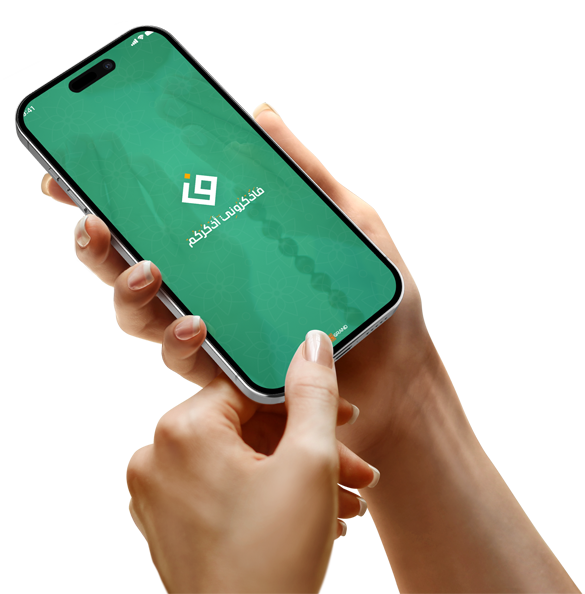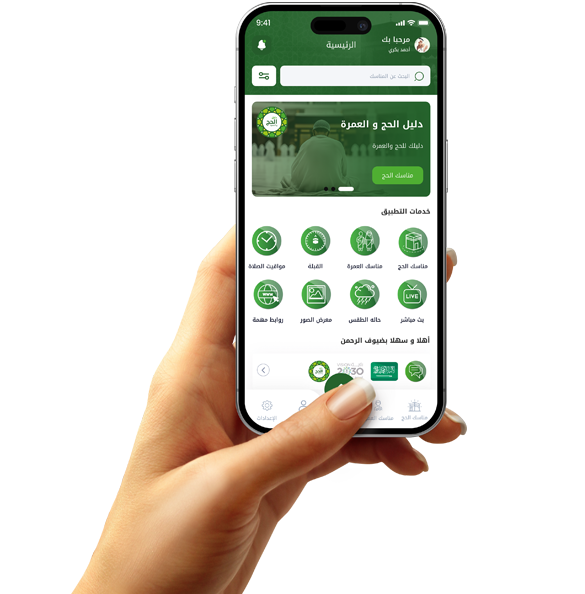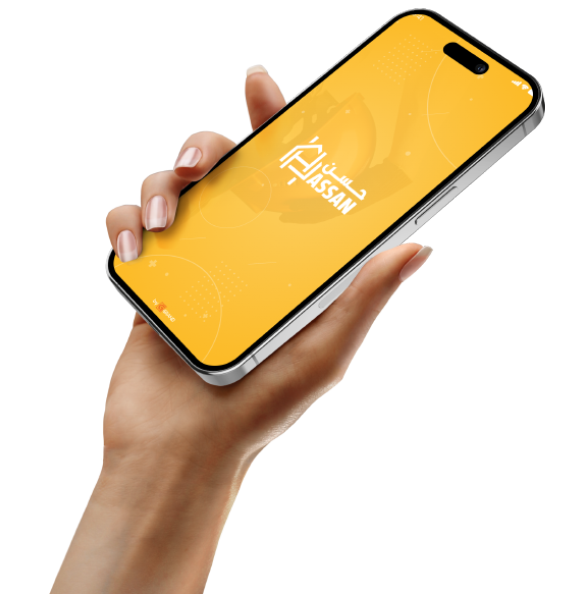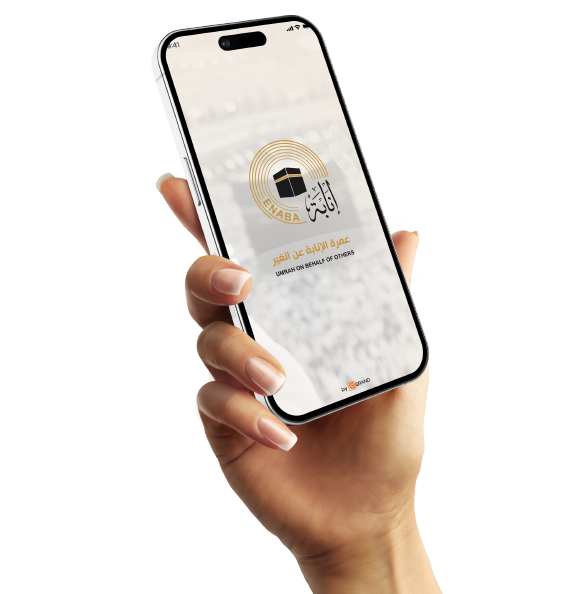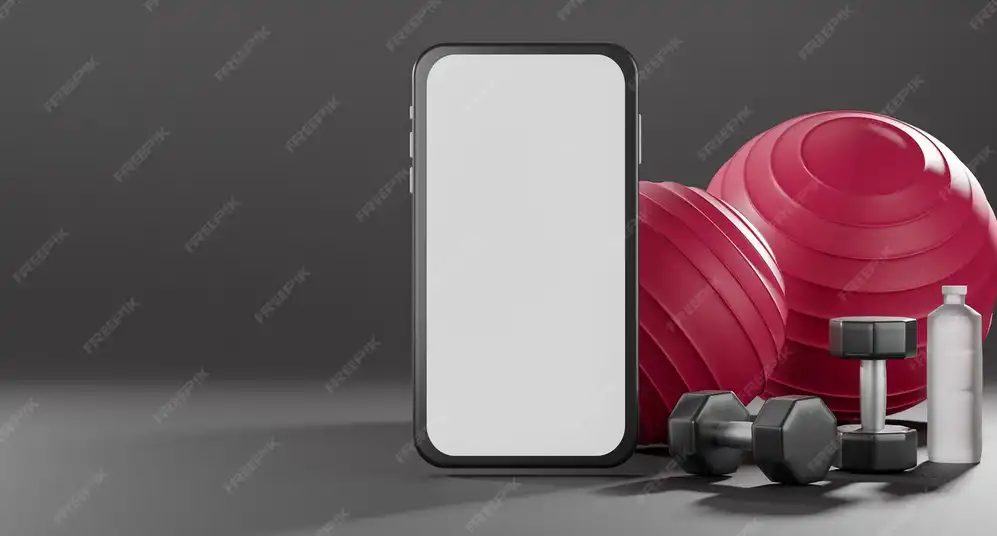Common mistakes in app and website design

Slow Page Loading and Its Negative Impact
One of the most common mistakes in app and website design is ignoring loading speed. In this age of speed, users don't have the patience to wait for a slow app or a page that doesn't load within a few seconds. This technical issue can be a major reason for the failure of an app or website, no matter how innovative its idea.
Visitors don't care whether the problem is with the server, the density of images, or poor code. All they care about is that the content doesn't display immediately, and that's enough to push them off the site and onto competitors.
Many developers make the mistake of uploading high-quality images without compressing them, or using large software libraries when they don't really need them. Furthermore, excessive ads or heavy plugins can significantly harm a site's performance.
The solution lies in using performance optimization techniques such as caching, file compression, and minimizing external requests. It's also important to monitor performance using tools like Google PageSpeed or Lighthouse.

Overuse of Visual Elements and User Confusion
One of the most common mistakes in website and app design is the overuse of visual elements, such as animation, shadows, bright colors, and complex patterns. Although the designer intends to dazzle the user, the result is often the exact opposite.
Users want a comfortable and simple experience, not a visual feast that distracts and prevents them from achieving their primary goal. The more unnecessary visual details, the more likely a visitor will feel confused or tired, and may abandon the site in search of a clearer alternative.
Good design relies on balance. Every visual element should serve a functional purpose, not be there just because it's "pretty." For example, there's no need to place animated backgrounds behind text, or use more than three primary colors on the same page.
Another mistake is using multiple fonts in a single interface, or relying on effects with each click or scroll. These additions consume device resources, impact performance, and may confuse the user rather than help them.
The solution lies in adopting the principle of functional simplicity, focusing on clarity of the message and ease of interaction. A clean design should also be adopted that respects the breathing space between elements and highlights what is truly important.

Unclear Calls to Action
A common mistake that makes websites and apps ineffective is vague or weak calls to action, such as "Buy Now," "Subscribe," "Book," or "Get Started." These are the key phrases that lead the user to engage, and if they aren't clear or visible, they won't take the next step.
Many designers place action buttons in unexpected places or use indirect text, such as "Explore More" instead of "Book Your Appointment." This ambiguity in wording makes the visitor lose a sense of urgency or desire to engage immediately.
Also, using colors that don't contrast with the background or a small font size makes the action button invisible. This button should be the most prominent element of the interface without overwhelming the user, but rather automatically attracting them.
It's also important that calls to action align with the page's purpose. A product page should focus on purchasing, while an article page might call for subscribing or downloading a file.
Over-repeating calls to action can also be annoying. Balance is essential: make it visible, but don't force it on the user with every move.

Ignoring Usability Testing Before Launch
One of the fundamental mistakes many digital entrepreneurs make is ignoring the usability testing phase before the official launch of their website or app. The excitement of releasing a product leads some to skip a crucial step toward success: understanding how the actual user interacts with the design and functionality.
You may think everything works perfectly because the development team has tested it internally, but the actual user may behave in a completely unexpected way. They may press a button they didn't expect to use at that stage, or they may not understand a particular function as the designer envisioned.
Testing isn't just about finding bugs; it also includes analyzing user behavior, understanding their navigation, their reaction to the design, and their ability to complete tasks with ease. This information is invaluable in improving the product before bugs reach the general public.
There are many methods for usability testing, such as live monitoring sessions, A/B testing, or targeted surveys. Through these methods, you can uncover unforeseen weaknesses.





